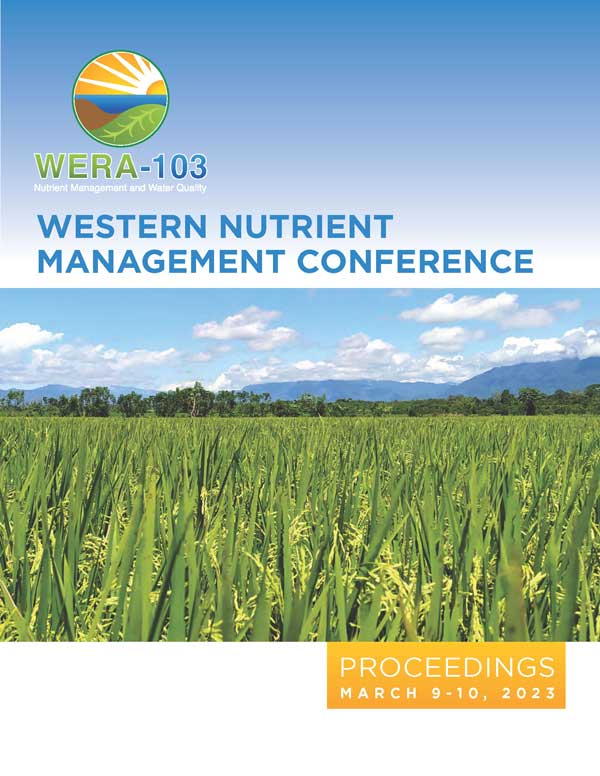Download the Conference Proceedings
Get your copy of the 2023 Western Nutrient Management Conference Proceedings today! Download the PDF file and view all of the available proceedings.
Proceedings
Authors
| Filter results1 paper(s) found. |
|---|
1. ManureDB: Creating a Nationwide Manure Test DatabaseManure nutrients serve an important role in crop production, however compared with commercial fertilizers there is a lack of standardized information. When exact manure values are not known, manure book values have been referenced. Recent data from midwestern United States (US) labs indicates manure nutrient levels have changed from book values published by Midwest Plan Service (2004) and American Society of Agricultural and Biological Engineers (2005). Manure laboratory analysis has improved... N.L. Bohl bormann, M.L. Wilson, E.L. Cortus, K. Janni, K. Silverstein, L. Gunderson |
